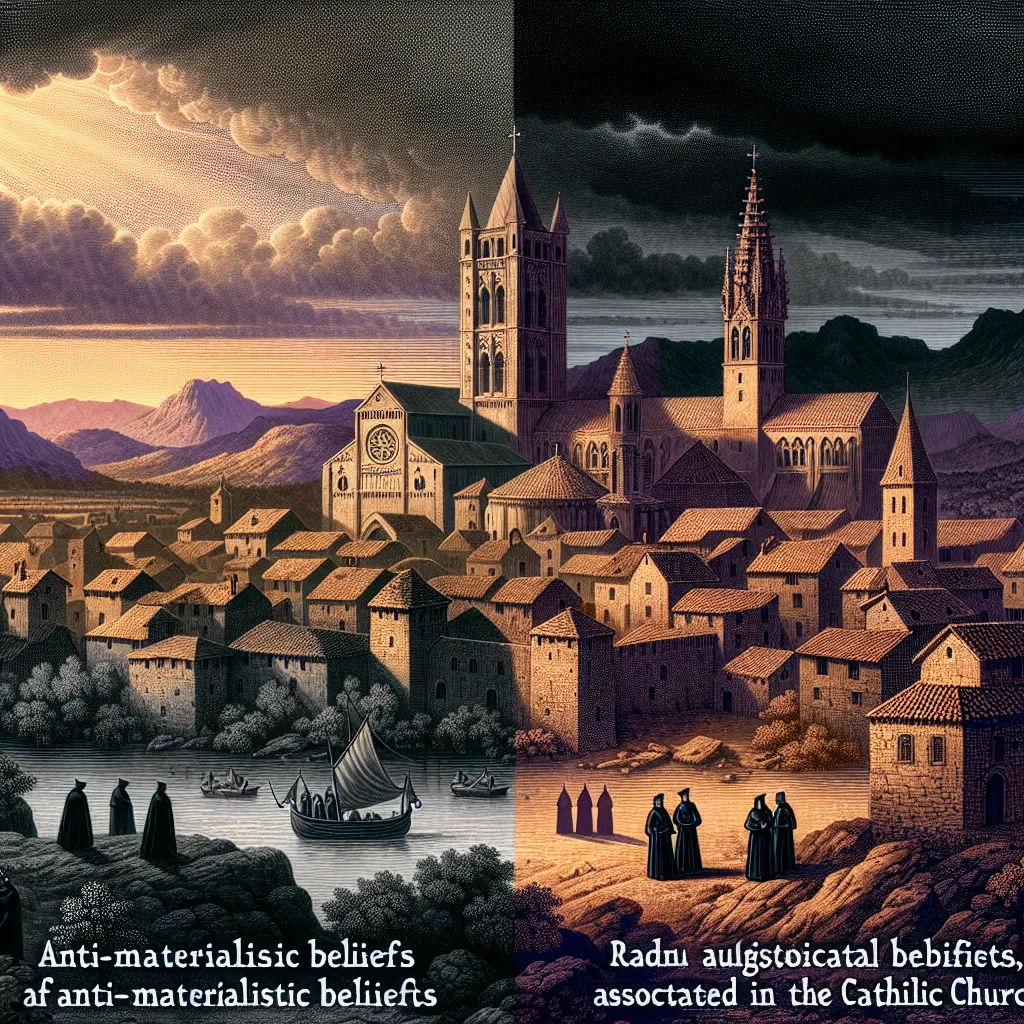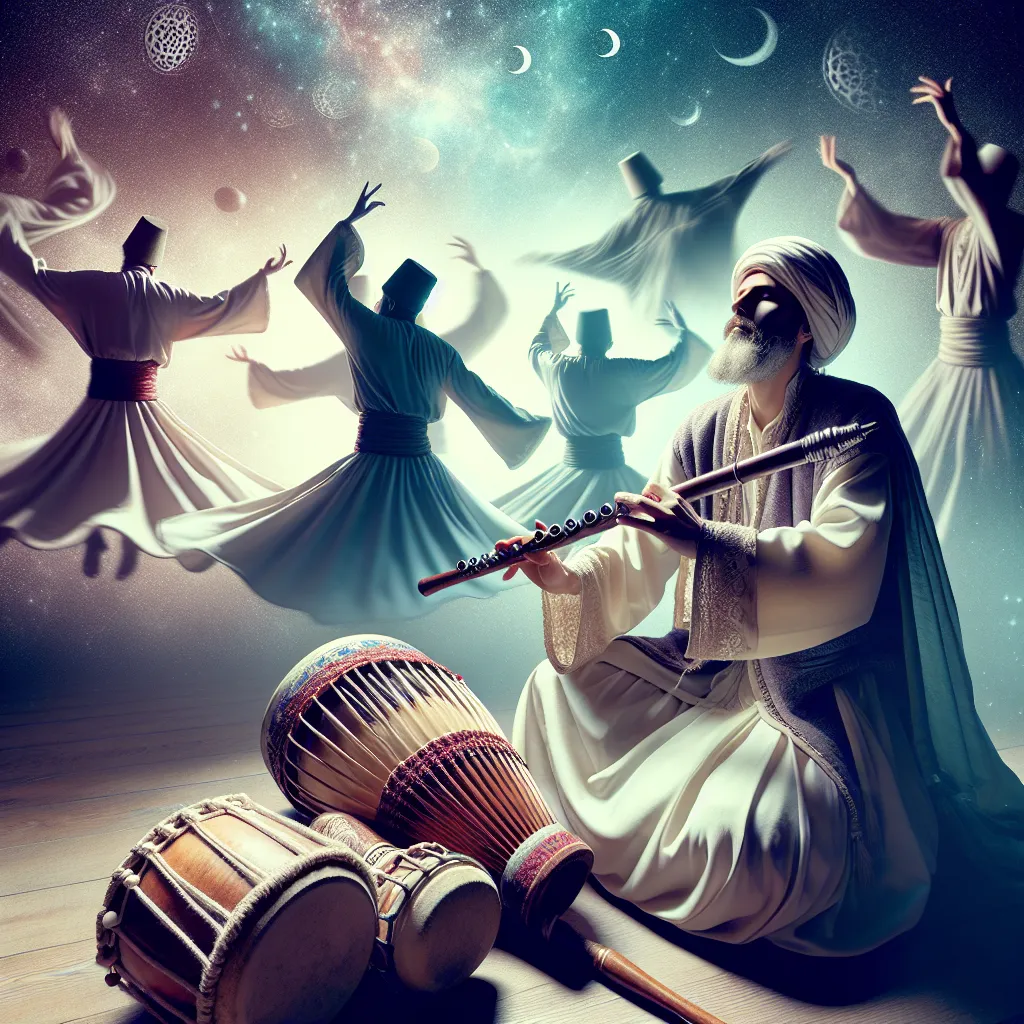If you asked most people what “tantra” is, their answers would likely revolve around sex. Tantric sex has gained a certain level of infamy and become synonymous with the word “tantra.” This mindset isn’t just limited to the West; in India, tantra is often linked with magic, the occult, and, yes, sexual rituals. Unfortunately, these associations have tarnished the reputation of what is truly a profound spiritual tradition.
Let’s set the record straight: tantra is an intricate and historically significant tradition influencing Hinduism, Buddhism, and Jainism. While it includes some elements like sexual rituals and magic, these aspects are vastly overstated. So, what exactly is tantra?
It’s almost impossible to define tantra succinctly because it encompasses a wide array of texts and teachings that emerged around the 5th to 8th centuries. These texts stood apart from the Vedic texts of the Brahmanical tradition and became popular for their inclusiveness. Written in a more accessible language, tantra was available to all people, regardless of caste or gender.
It’s essential to note that “tantrism” is a modern construct. Western scholars in the 19th century coined the term, often misunderstanding the true scope and diversity of tantra. Their limited perspective contributed to the myths and misconceptions we see today.
Tantra has a close historical connection with Shaivism, a tradition that worships Shiva as the supreme god. This tradition, unlike the elite and hierarchical Brahmanical traditions, is marked by its more inclusive and practical approach. Shaivism isn’t limited to those who renounce the world; it embraces people from all walks of life.
Tantric practices are characterized by their practical and bodily focus, different from other Hindu schools that emphasize renunciation and spiritual escape. Tantra teaches techniques to achieve liberation, often through the body and senses. Key practices include mantras, meditation, visualization, and the manipulation of energy centers called chakras.
The tradition also places importance on the guru-student relationship. Esoteric knowledge is passed down through initiation, ensuring that practices are taught correctly and responsibly.
Tantra also includes practices related to sexual rituals, but these are often complex and symbolic, reflecting deeper metaphysical beliefs. For example, in Kashmiri Shaivism, the sexual union is seen as a microcosm of the cosmic union between Shiva and Shakti, the divine masculine and feminine principles. These rituals are highly controlled and conducted with spiritual intent, not physical pleasure.
While sexual elements exist, they are a minor part of the vast and practical framework of tantra. The idea that tantra equals sex is a modern distortion, popularized in the 20th century by figures like Aleister Crowley and Osho.
To sum up, tantra is a multidimensional tradition that spans Hinduism, Buddhism, and Jainism, filled with practices and philosophies emphasizing the body and sensory experiences as paths to enlightenment. Its complex and colorful expressions, especially in Shaivism, offer a unique lens through which we can explore divine consciousness.
We’ve only scratched the surface here. Understanding tantra fully requires delving deeper into specific traditions like Kashmiri Shaivism and Tibetan Buddhism. There’s a lot more to uncover, so stay tuned for more explorations into this fascinating spiritual tradition.






